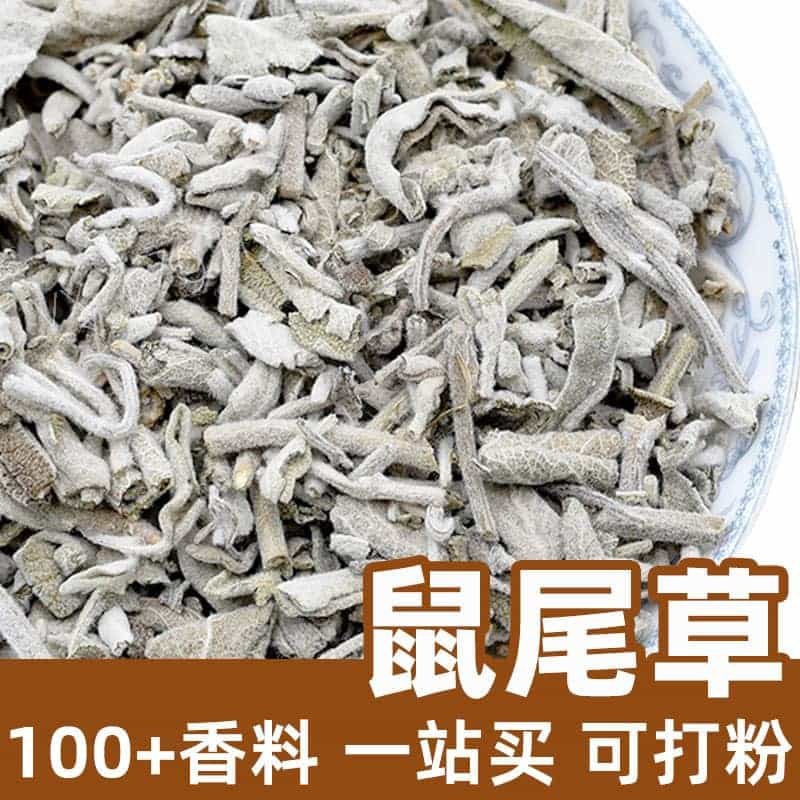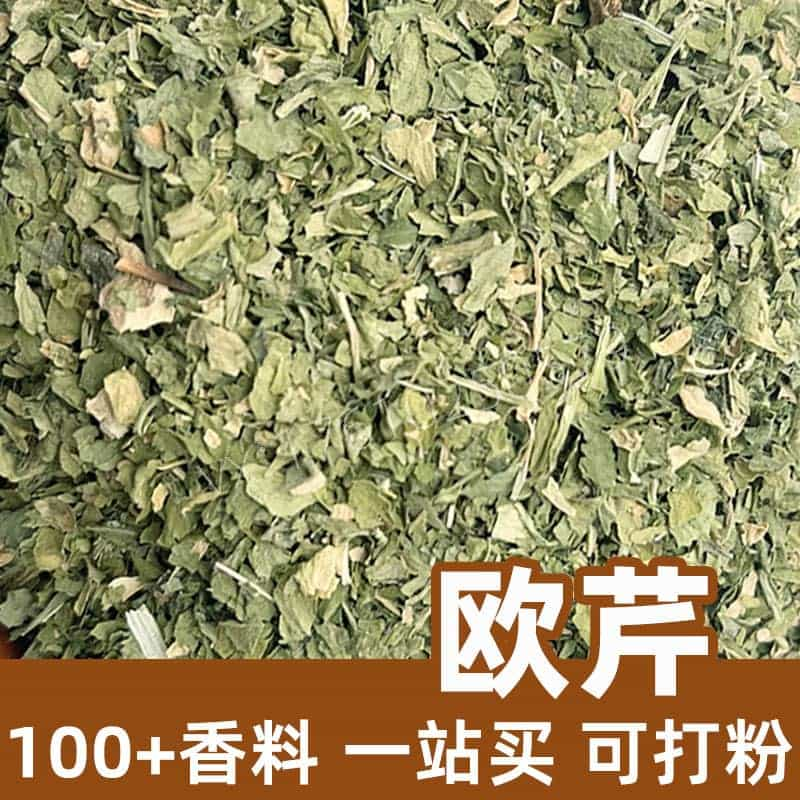Product Introduction
Ruta graveolens, commonly known as rue, is an herbaceous plant belonging to the Rutaceae family that is known for its fragrant leaves and distinctive bitter taste. Historically revered in various cultures, rue finds its roots in the Mediterranean basin, thriving in well-drained soils and sunny environments. This herb has been utilized since ancient times for culinary and medicinal purposes, often regarded as a symbol of protection against evil, especially in folklore.
Culinarily, rue adds a unique flavor to various dishes, lending a characteristic bitterness that complements a range of foods. It is particularly prevalent in Mediterranean cuisine, where it is used to season savory dishes, sauces, and even some cheeses. Besides its culinary applications, rue has also been recognized for its medicinal properties, such as its potential to act as a digestive aid, anti-inflammatory, and even as a mild sedative.
Due to its potent aromatic compounds, rue has fascinated chefs and herbalists alike. However, caution is advised in its use, as excessive consumption can lead to toxicity. Proper dosage and awareness of its effects are crucial when utilizing rue in cooking or herbal remedies.
Aromatic Chemical Composition
The aromatic character of rue stems from its rich composition of essential oils and phytochemicals, including:
- Furanoacridones: Such as rutaecarpine, which contribute to the herb's distinct aroma and flavor.
- Flavonoids: Including quercetin and kaempferol, known for their antioxidant properties.
- Terpenes: Such as limonene and pinene, adding complexity to the herb's scent profile.
These compounds not only define the sensory experience of rue but also play potential roles in health benefits attributed to the herb.
What Types of Products Are Available?
Rue is available in several forms:
- Fresh Rue: Available in markets, primarily during its growing season. Fresh leaves are often used in culinary applications.
- Dried Rue: Typically found in spice stores, dried leaves can be used in cooking and teas.
- Rue Essential Oil: Extracted for aroma therapy and concentrated culinary uses, though care must be taken due to potency.
- Rue Extracts: Concentrated forms for supplemental uses, particularly in herbal medicine.
Application Scenarios and Usage Dosage
Culinary Uses
The versatility of ruta graveolens in the kitchen is noteworthy. Here are some prevalent scenarios:
Flavor Enhancer
Rue’s strong, bitter flavor can elevate dishes by creating a balanced taste profile. However, it is essential to use it sparingly:
- Dosage: A pinch (1/4 teaspoon) of dried rue can be sufficient for seasoning a whole dish, as its strong flavor can easily overpower other ingredients.
Infusion in Oil or Vinegar
An effective way to utilize rue is by infusing its leaves in oils or vinegars:
- Dosage: For infusion, use a 1:10 ratio of rue leaves to oil/vinegar. Let it steep for two weeks, shaking occasionally. This infusion can be used as a salad dressing or finishing oil.
Soups and Stews
Rue can be added to soups and stews for depth of flavor:
- Dosage: Start with 1/2 teaspoon of dried rue and adjust based on taste preferences. Fresh leaves may be added in slightly higher quantities due to their milder flavor compared to dried.
Medicinal Uses
Historically, rue has been used for various medicinal properties, but its use should be approached cautiously:
- Digestive Aid: Rue tea is sometimes consumed for stomach ailments. Usage should be limited to 1-2 cups per day due to its potency.
- Anti-Inflammatory: Topical applications (diluted essential oils) can help alleviate localized inflammation, but ensure to do a patch test to avoid irritation.
Cautions and Considerations
While rue has various applications, it is essential to consider potential toxicity at high doses. Rue contains compounds that can cause skin reactions in sensitive individuals. Pregnant women should avoid rue due to its potential uterine-stimulating effects.
In summary, ruta graveolens serves numerous culinary and medicinal functions when used properly, enhancing flavor and offering potential health benefits. It’s crucial, however, to exercise discretion in its usage to harness its benefits while avoiding adverse effects.
Introduction to the Source Plant, Distribution, and Growing Environment
Ruta graveolens is a hardy perennial shrub that typically grows to about 60 cm in height. It flourishes in temperate climates, requiring well-drained, nutrient-rich soil and ample sunlight. Commonly found in gardens and along roadsides, rue prefers dry to moderate moisture environments. Key growing regions for rue encompass the Mediterranean basin, parts of the Middle East, and have expanded to include North America through cultivation.
Harvesting, Processing, and Storage Preservation
Harvesting of rue typically occurs in late spring to summer when the leaves are young and flavorful, with minimal flowering, as this phase is believed to hold the highest concentration of essential oils. After harvesting, the leaves can be processed by either drying or immediate use. For drying, the leaves should be placed in a well-ventilated area away from direct sunlight to preserve flavor and color.
To store, dried rue leaves must be kept in airtight containers in a cool, dark space to maximize shelf life. Properly stored, dried rue can retain its flavor for up to a year. Fresh rue is ideal for immediate culinary use; if not used right away, it can be refrigerated in an airtight container but is best consumed within a few days.
By adhering to these practices, chefs and herbalists can ensure they maintain the quality and potency of this intriguing herb, allowing its unique flavor and properties to shine in culinary applications.
Monica Sun is a seasoned expert in the natural raw materials industry, with over a decade of experience specializing in traditional Chinese medicinal herbs, spices, and fungi. She is skilled in the sourcing, processing, and application of these materials, emphasizing sustainability and innovation. Monica Sun has contributed to the development of high-quality natural raw materials that serve as essential components in functional foods, pharmaceuticals, and cosmetics, delivering tailored solutions to meet diverse market needs.








.jpg)


.jpg)


